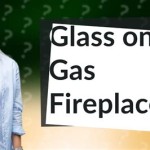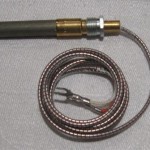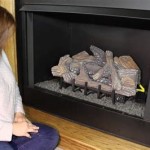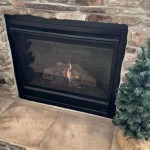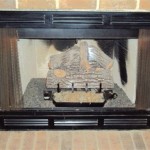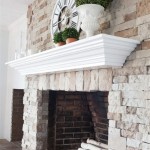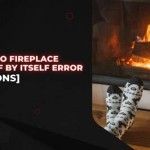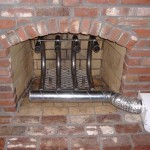Gas Fireplace Pipe Clearance: Ensuring Safety and Efficiency
Gas fireplaces provide warmth and ambiance to our homes, but it's crucial to ensure their safe operation by maintaining proper pipe clearance. Improper clearance can lead to accidents, including fires and carbon monoxide poisoning. Here are essential aspects of gas fireplace pipe clearance to consider:
1. Building Codes and Regulations
Local building codes and national standards like the International Residential Code (IRC) establish minimum pipe clearance distances for gas fireplaces. These codes specify the required distance between the pipe and combustible materials, such as walls, ceilings, and furniture. Adhering to these codes is paramount for safety.
2. Manufacturer's Instructions
Each gas fireplace model has specific clearance requirements recommended by the manufacturer. These instructions are based on the fireplace's design, heat output, and venting system. It's essential to follow the manufacturer's guidelines precisely to ensure optimal performance and safety.
3. Clearances from Combustible Materials
Gas fireplace pipes should be kept clear of combustible materials, including wood, paper, fabrics, and plastics. The minimum clearance distances vary depending on the type of pipe material and the fireplace's BTU output. Typically, a clearance of at least 12 inches is required.
4. Clearances from Non-Combustible Materials
Even non-combustible materials, such as tile and drywall, can retain heat and pose a fire hazard if too close to gas fireplace pipes. Therefore, a minimum clearance of 6 inches is recommended for non-combustible materials.
5. Pipe Length and Positioning
The length and positioning of the gas fireplace pipe can affect clearances. Longer pipes may require more clearance to accommodate expansion and contraction. The pipe should be routed away from high-traffic areas and any potential obstructions.
6. Inspection and Maintenance
Regular inspection and maintenance are crucial to ensure proper gas fireplace pipe clearance. Inspect the pipe annually for damage, corrosion, or any potential hazards. A qualified professional should perform routine maintenance, including cleaning the pipe and checking the clearances.
Conclusion
Maintaining proper gas fireplace pipe clearance is essential for safety and efficiency. By adhering to building codes, manufacturer's instructions, and observing minimum clearance distances, homeowners can enjoy the warmth and ambiance of their gas fireplaces without compromising safety.

Gas Fireplace Flue Exterior Inspections Internachi Forum
Venting
Gas Fireplace Venting Explained Heat Glo

2024 International Fuel Gas Code Ifgc Chapter 5 Chimneys And Vents 503 8 Venting System Terminal Clearances
Gas Fireplace Venting Explained Heat Glo

What Are The Best Ways To Vent A Gas Fireplace Zoroast

Zero Clearance Chimney Fireplace Alpine Sweep

Enviro Quick Step Vertical Flue Installation Sheet Heatmaster

Lp Gas Line Clearance Plumbing Inspections Internachi Forum

Gas Meter Clearances
Related Posts

